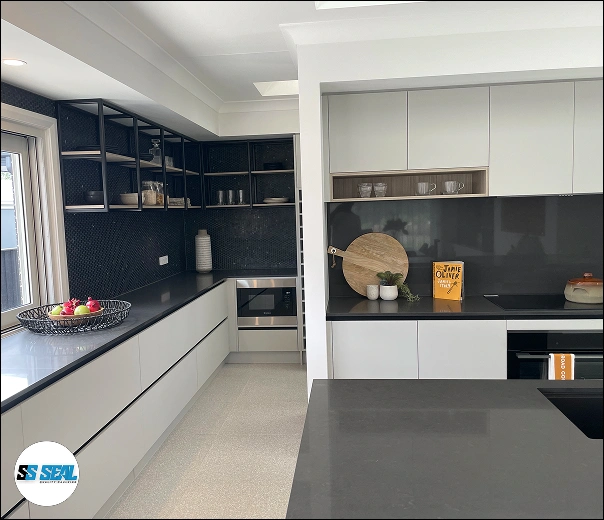
SS Seal window and door caulking
Is your home drafty and uncomfortable? Drafty windows and doors can lead to higher energy bills and make it difficult to maintain a consistent temperature. Window and Door Sealing is a simple affordable way to prevent this from happening. These little seals will significantly improve your home’s comfort and energy efficiency. Let’s explore more about how to seal around windows and doors.
Why use window and door sealing?
Drafty windows and doors can really ruin your happy, cozy moments! If you don’t consider using Window and Door Sealings soon enough, you’ll face some problems, including increased Energy Bills, comfort issues, and noise pollution.
Bunnings door and window seals offer a multitude of benefits for your home. They enhance your comfort by eliminating drafts and creating a more consistent temperature. Additionally, sealing these leaks improves energy efficiency, leading to lower energy bills as your HVAC system won’t have to work as hard. You’ll also enjoy a quieter living space as drafts can act as pathways for outside noise.
How to seal windows and doors for winter
Follow these steps to successfully seal your space:
- First, use a lit candle or cold air to look for drafts around windows and doors. Specifically check around frames, hinges, and weatherstripping.
- Then it’s time to choose the perfect sealant. For small gaps around windows and doors use Weatherstripping. Use Caulk for larger gaps and cracks.
- If you’re using Weatherstripping for Window and Door Sealing, clean and dry the space around the frame. Peel the backing and press them firmly onto the frame. If you got nail-on strips, just use small nails to secure the stripping to the frame.
- When using caulk, first apply painter’s tape around the edges for a clean application. Then cut the caulking tube nozzle to desired bead size. Following the frame’s edge, apply a solid bead of caulk. Then smooth it with a wet finger or a caulking tool. Remember to move painter’s tape before the caulk dries completely.










